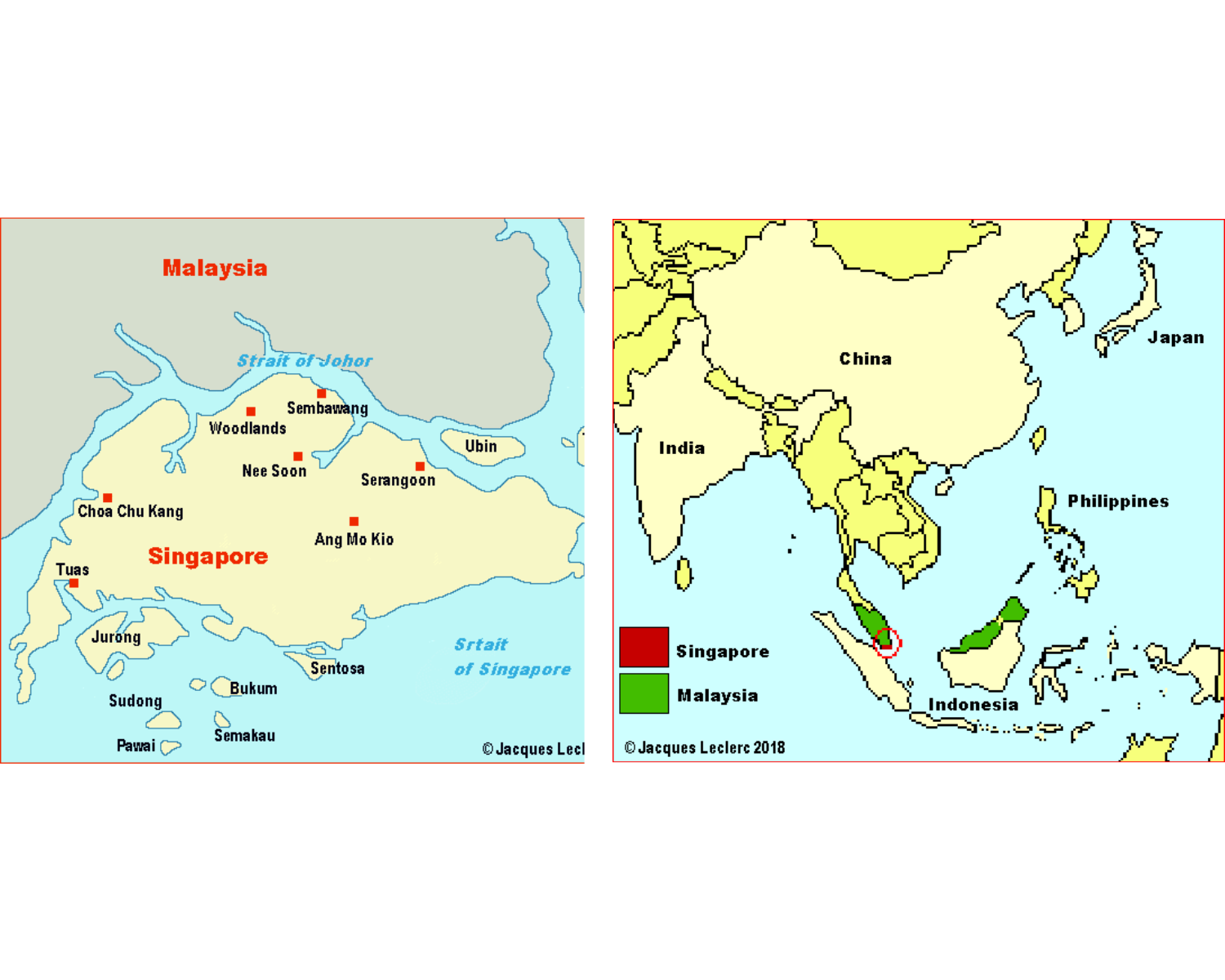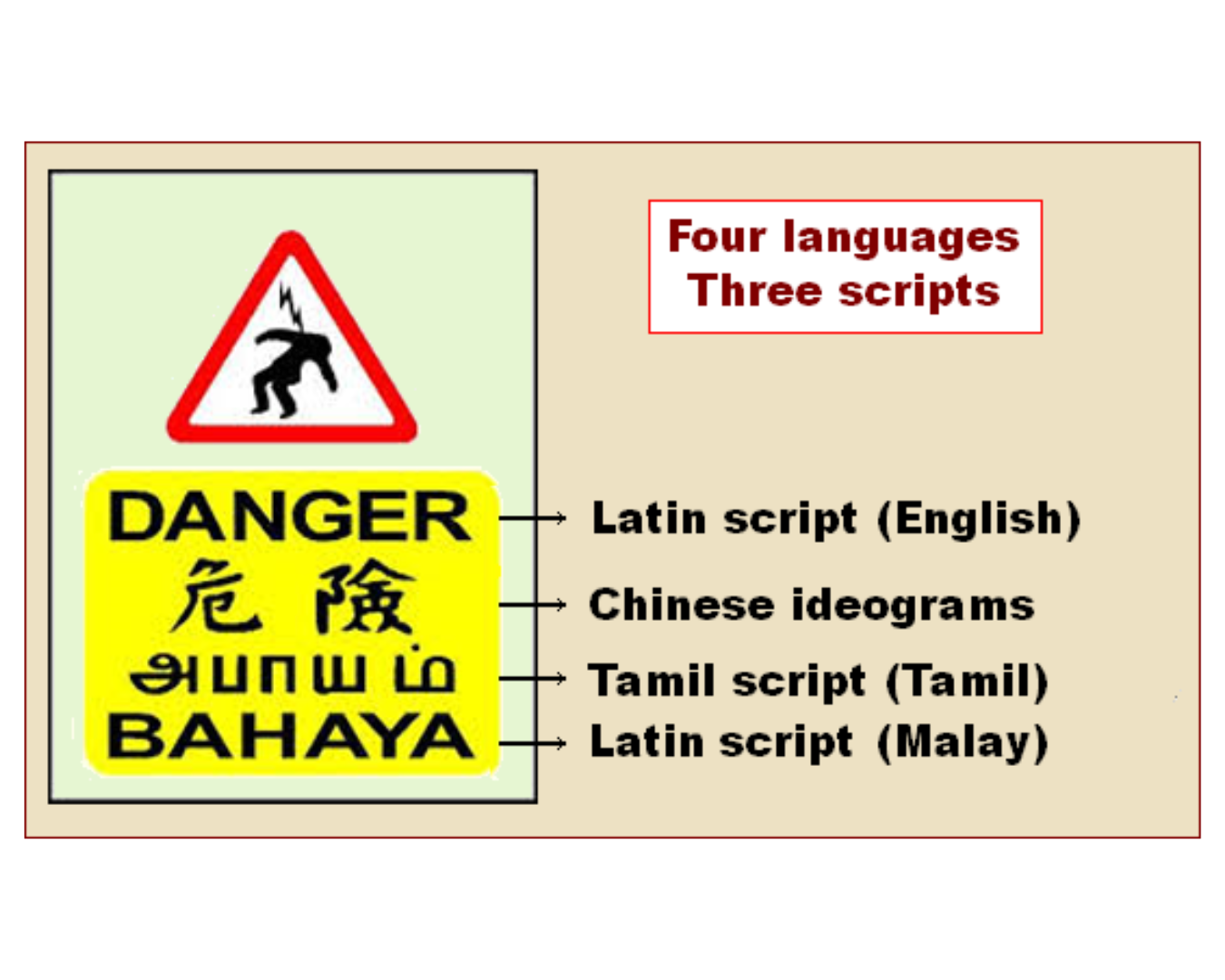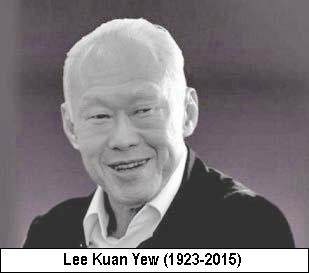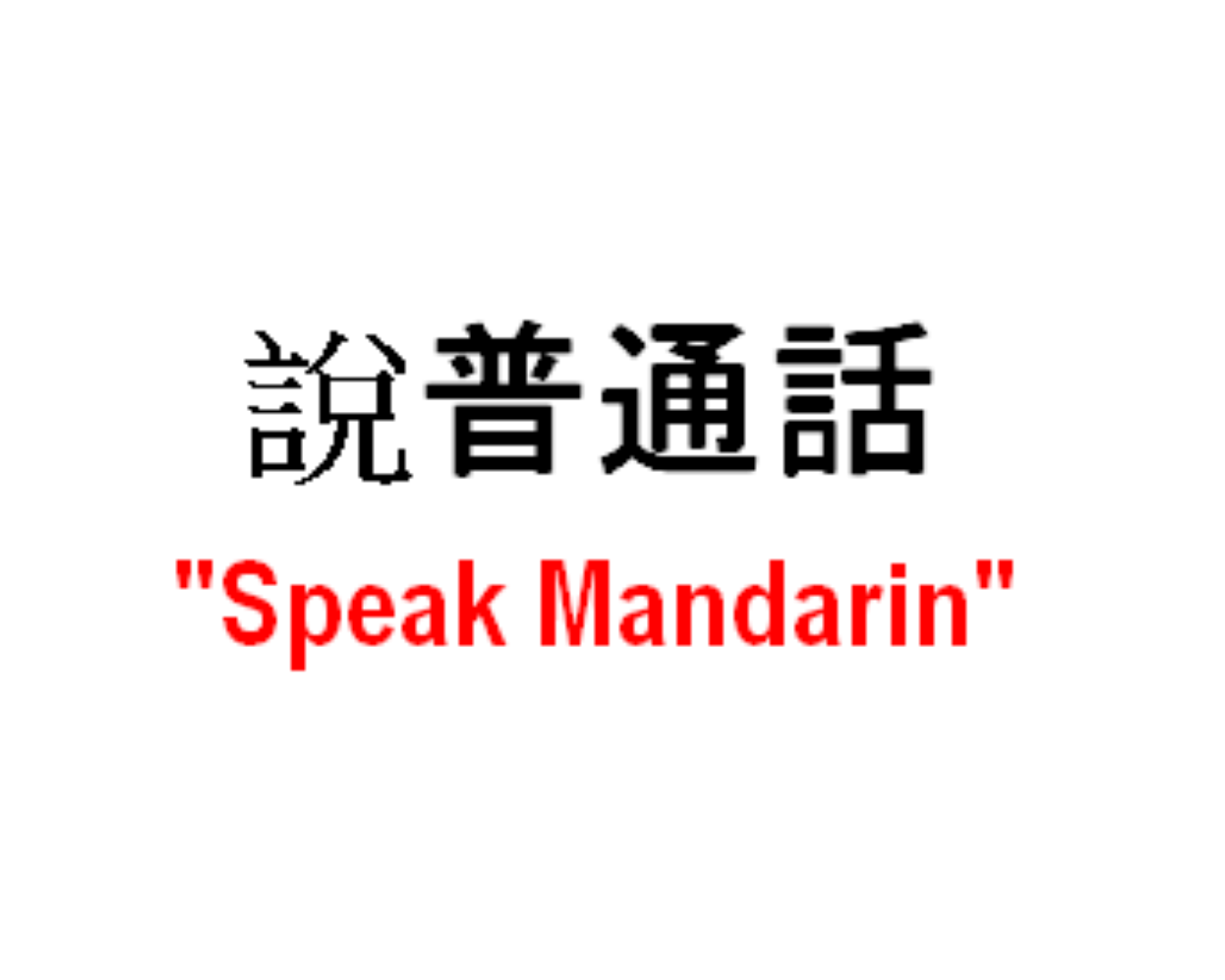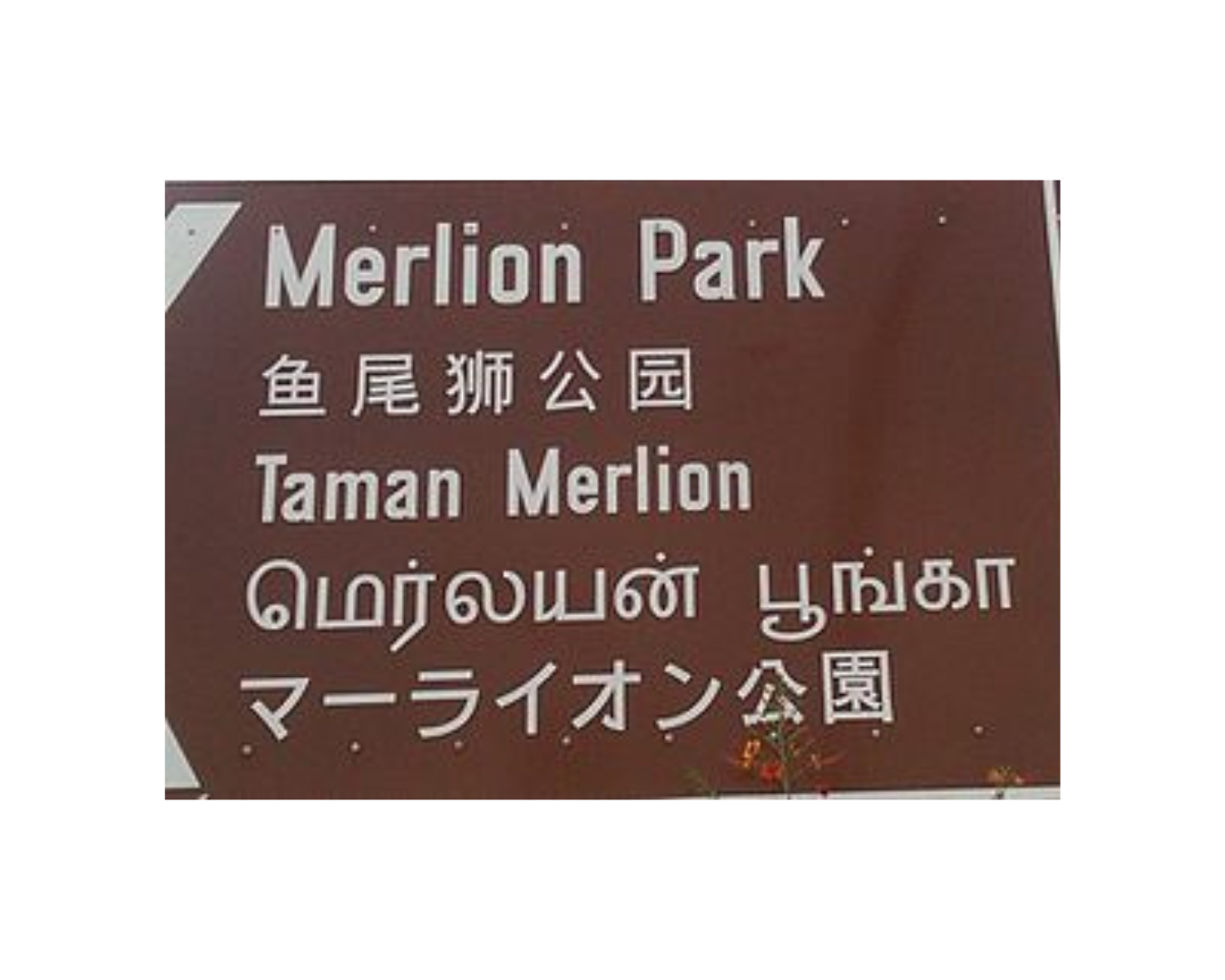Lee Kuan Yew’s considerable importance in the recent history of Singapore must be acknowledged. This small republic is the only country in the world to have adopted four official languages, English, Chinese, Malay and Tamil. One of the rare other states to be as multilingual is without doubt the Serbian province of Vojvodina, with its six languages (Serbian, Hungarian, Slovak, Romanian, Croatian and Rusyn). The four official languages of Singapore, whose status derives from directives from Prime Minister Lee, are identified in the Constitution of 1965, which has been amended frequently. Article 153A proclaims the official status of the four languages, while specifying that Malay is “the national language”.
Section 153A (official version) Official languages and national language 1) Malay, Mandarin, Tamil and English shall be the 4 official languages in Singapore.
2) The national language shall be the Malay language and shall be in the Roman script:
Provided that — (a) no person shall be prohibited or prevented from using or from teaching or learning any other language; and (b) nothing in this Article shall prejudice the right of the Government to preserve and sustain the use and study of the language of any other community in Singapore. |
Thus Malay has the dual status of official language and national language due to the proximity of the city-state to the Malay-speaking world. Indeed, Singapore is completely surrounded by Malaysia and Indonesia, two countries whose official language is Malay, specifically Bahasa Malaysia and Bahasa Indonesia. Malay’s status as the national language in Singapore is purely symbolic; the only advantage of this status is that the national anthem “Majula Singapura” is sung in Malay. In any event, the fact that there are four official languages doesn’t necessarily mean that all of these languages are equal in practice; there is “many a slip twixt the cup and the lip”.
Unlike the federal government of Canada, which passed the Official Languages Act in 1988, granting equal status to English and French, Singapore has never drafted a law on bilingualism or quadrilingualism. Recognition of the four official languages is limited to Article 153A of the Constitution. At best, successive governments have passed about 15 laws on subjects other than language with one or two articles related to language in criminal proceedings, companies and corporations, price controls, securities and contracts, commercial trusts, patents, banks, etc.
Languages in Parliament
The languages permitted in parliamentary debate are English, Mandarin, Malay and Tamil. This is also recognized in Article 44 of the Constitution. In practice, the language most widely used by parliamentarians is English, followed closely by Mandarin, then more rarely (that is to say “occasionally”) by Malay and Tamil.
While the people’s representatives accept that in practice all four languages can be used in oral debate, only English is used to draft and enact laws. The system of simultaneous interpretation adopted in Parliament only goes in the direction of Chinese, Malay or Tamil to English. The fact that there is no simultaneous interpretation going from English to the other languages supports the assumption that everyone knows English. It is clear that this system is different from the one in place in Canada, where simultaneous interpretation goes in two directions, that is from English to French and from French to English. It is essential for parliamentarians in Singapore to know English, because bilingualism only applies to transitions to the “super-language”.
Languages in the justice system
Because there are four official languages in Singapore, all citizens have the right to request a trial in the language of their choice, English, Mandarin, Malay or Tamil. However, it is much easier to provide documents in the four languages than it is to expect judges to know these languages. All judges must know English, because it is the language in which laws are written. Many judges can also speak Chinese, sometimes Malay and rarely Tamil. When there is a bilingual trial involves languages other than English (e.g. Mandarin-Malay) a judge who can speak the two languages is brought in. English is generally the only language used in the court of appeal, but an interpreter can be called in if needed.
In practice, English and Malay are the languages most used in the lower courts, while in the higher courts it is English. Translations into Chinese and Tamil are part of standard procedures.
Languages in the public service
Because quadrilinguism was proclaimed in the Constitution, the public service uses the four official languages in its dealings with citizens, but there is a tendency to give preference to English and Mandarin. That being said, all citizens can request both oral and written responses in the language of their choice. Even if services are offered in the four official languages, in practice Malay and Tamil are neglected in favour of English and Chinese. Indeed, most government departments and agencies settle for disseminating official documents in English, although upon demand the documents can be made available in the language of the request. To give an idea of standard practice, below is an excerpt from the 2004 Business Trusts Act:
Section 99 [official version]
Translation of instruments 3) Where a person is required to maintain or keep any accounts, minutes or other records under this Act and the accounts, minutes or other records or any part thereof is not maintained or kept in the English language, the person shall — (a) cause an accurate translation of that accounts, minutes or other records or that part of the accounts, minutes or other records in the English language to be made from time to time at intervals of not more than 7 days; and (b) maintain or keep the translation with the accounts, minutes or other records for so long as the accounts, minutes or other records are required under this Act to be maintained or kept. |
The requirement to prepare English translations is present in several laws, even though Chinese, Malay and Tamil are also official languages. This requirement is very important, because it demonstrates the importance of English in the country.

